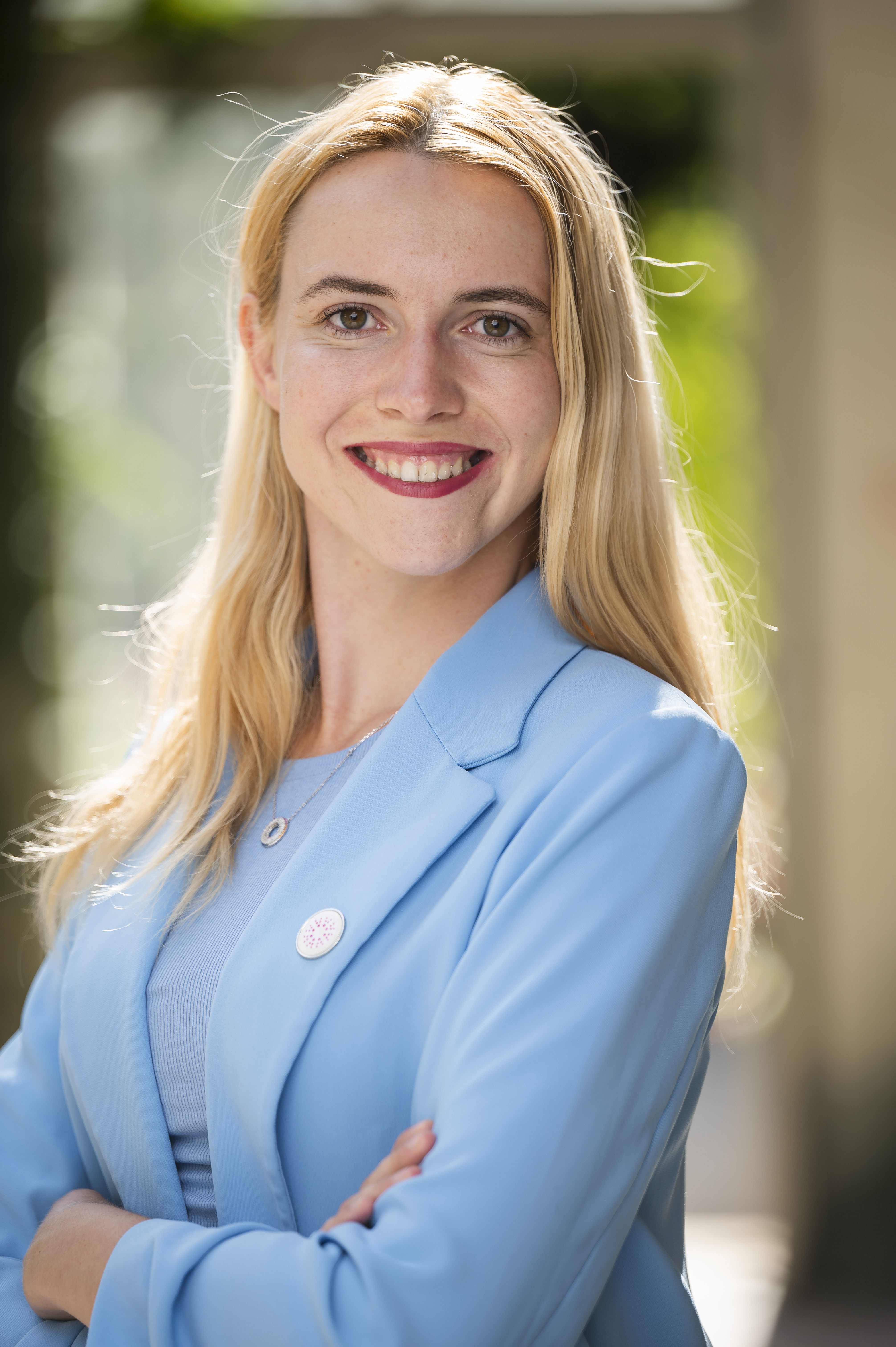What it does
Xatoms tackles the global water crisis by accelerating material discovery to deliver a solution that can be applied as a coating or directly in water - using sunlight - providing an accessible, cost-effective solution for a wide range of applications.
Your inspiration
When I was 14, my mom and I went backpacking through Asia, and encountered black rivers and polluted waters. Seeing the locals forced to use this water, knowing they would become sick from it, and witnessing young girls using this water for hygiene during their periods inspired me to dedicate my life to solving the global water crisis. At 17, I used quantum chemistry software to discover a new material for water purification, earning me the Diploma of Excellence from the Swedish Royal Family and a full international scholarship to study computer engineering at the University of Toronto, where I founded and became CEO of Xatoms.
How it works
We built a proprietary AI-powered discovery engine that screens over 850,000 potential molecules from more than 47,000 scientific papers, accelerating the discovery process to be 40 times faster than current trial-and-error lab methods. To date, Xatoms has discovered 8 patent-pending materials, called photocatalysts. Photocatalysts are powder-like compounds that when applied as a coating onto various surfaces such as pipes and river cleaning meshes and exposed to a light source - natural or artificial - can purify water from dangerous water contaminants in only 30 minutes.
Design process
Diana used quantum chemistry software to discover new types of materials called photocatalysts. Diana, together with CTO and fellow co-founder, Kerem Topal Ismail Oglou, built the world’s largest photocatalyst dataset, containing over 850,000 potential molecules. Our AI analyzes molecular datasets to predict photocatalyst performance, streamlining discovery compared to traditional, time-consuming, and costly trial-and-error methods. This accelerates the discovery process to be 40 times faster than traditional trial-and-error lab methods. From our initial dataset of 16,000 molecules, Xatoms has discovered eight materials, each targeting specific contaminants—ranging from chemical pollutants like DDT to biological pathogens such as E. coli, to heavy metals such as lead.
How it is different
Traditional water treatment methods heavily rely on costly infrastructure, electricity, and skilled labor, making them unsustainable for off-grid communities and ineffective for large polluted sites. Xatoms offers a low-maintenance solution that is twice as affordable and four times more effective than conventional methods, removing even the toughest, invisible contaminants. Our powder-like photocatalysts are applied as coatings on filters, pipes, or meshes, breaking down tough contaminants (like DDT, lead, or E. coli) using sunlight or LED light—with little to no electricity nor chemicals needed - only requiring reapplication only once a year.
Future plans
With a dataset of over 850,000 molecules, we are on track to discover 400 more materials that can remove even the world’s toughest structures of contaminants—such as forever chemicals, pharmaceuticals, and PFAS—without electricity or chemicals. Following the successful completion of our three pilot projects across South Africa, Kenya, and the US, our next steps are expanding into industrial water treatment for mining and oil spill remediation.
Awards
Xatoms has been honoured to win several awards including Canada’s Clean50 award for leadership in sustainable innovation. We were also named Canada’s Entrepreneur of the Year and received a $100K grant as part of the 776 Fellowship from Alexis Ohanian, the founder of Reddit, which has enabled us to build and grow Xatoms.



Share this page on